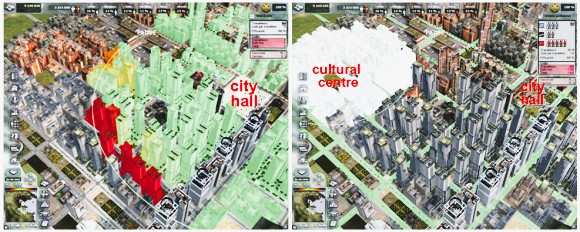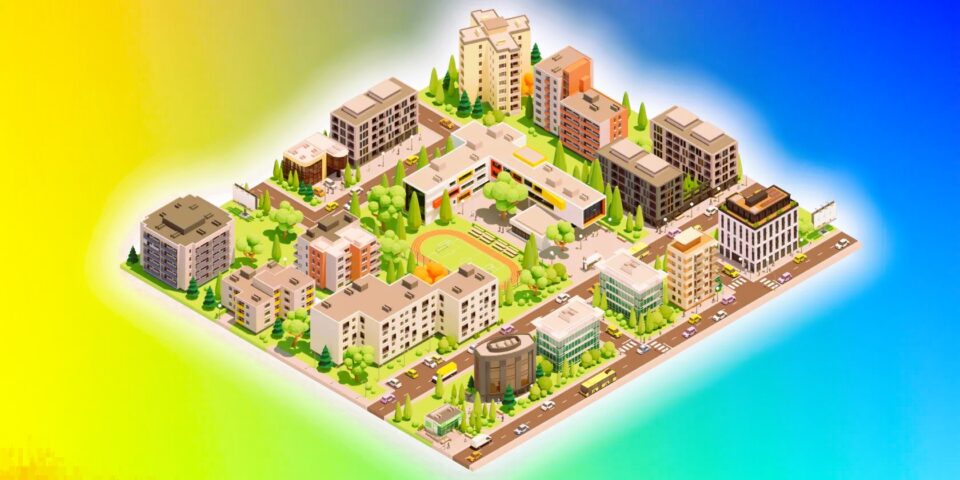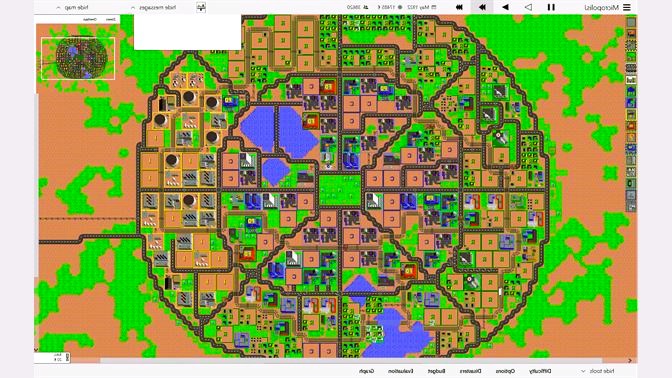Micropolis, the dynamic city-building game that sparks the imaginations of players worldwide, is governed by a set of rules that lay the foundation for creating and managing your very own virtual metropolis. In this comprehensive guide, we will explore the fundamental Micropolis game rules, providing both newcomers and seasoned players with a roadmap to success.
1. The Mayor’s Handbook: Understanding Your Role
As the mayor of your Micropolis, your primary responsibility is to build and manage a thriving city. The game empowers you with the authority to shape the city’s layout, manage resources, and make crucial decisions that impact the lives of your virtual citizens.
2. Zoning Laws: Creating Residential, Commercial, and Industrial Areas
Micropolis adheres to zoning principles to simulate the diverse needs of a growing population. Designate residential zones for housing, commercial zones for businesses, and industrial zones for factories. Balancing these areas strategically ensures a harmonious and functional city.
3. Infrastructure Development: Building Roads, Rails, and More
Connecting different parts of your Micropolis is essential for the smooth functioning of your city. Construct roads, bridges, and public transportation systems to facilitate the movement of citizens and goods. Efficient infrastructure contributes to a well-functioning city.
4. Resource Management: Balancing the Budget and Essential Supplies
Maintaining a balanced budget and managing essential resources is crucial in Micropolis. Keep a close eye on income, expenses, and the availability of resources like water and energy. Strategic resource management ensures the sustainability and growth of your virtual city.
5. Economic Strategies: Attracting Businesses and Stimulating Growth

Micropolis challenges players to develop sound economic strategies. Attract businesses, establish trade routes, and manage industries to stimulate economic growth. A robust economy is vital for funding infrastructure projects and ensuring the prosperity of your citizens.
6. The Time Element: Micropolis’ Dynamic Day-Night Cycle
Micropolis features a dynamic day-night cycle, adding a realistic touch to your virtual city. Different challenges and opportunities arise during the day and night, requiring mayors to adapt their strategies accordingly. Micropolis’ time element keeps gameplay engaging and dynamic.
7. Challenges and Disasters: Testing Your Mayor Skills
Mayors in Micropolis must be prepared to face various challenges and disasters, from natural calamities to economic crises. Your ability to navigate these challenges will determine the resilience and success of your virtual city. Do you like the article? Read also about Mini-games of Micropolis.
8. Community Interaction: Joining Forces with Other Micropolis Mayors
Micropolis is not just about solo gameplay; it encourages community interaction. Connect with other mayors, collaborate on projects, and participate in multiplayer challenges. The social aspect adds depth to the gaming experience.
9. Updates and Expansions: Embracing the Evolving Cityscape
Micropolis is a living, evolving world. Regular updates introduce new features, buildings, and challenges, ensuring that players always have fresh experiences to explore. Embrace the ever-expanding cityscape and stay tuned for exciting developments.
10. Legacy Building: Crafting a Micropolis for the Ages
Every decision you make in Micropolis contributes to the legacy of your city. The long-term success of your virtual metropolis is a testament to your strategic planning, resource management, and the ability to overcome challenges.
In conclusion, Micropolis’ game rules offer a multifaceted experience that goes beyond city-building. By understanding and mastering these rules, players can embark on a rewarding journey of creativity, strategy, and virtual city management.
For further information on Micropolis game rules, refer to Wikipedia


